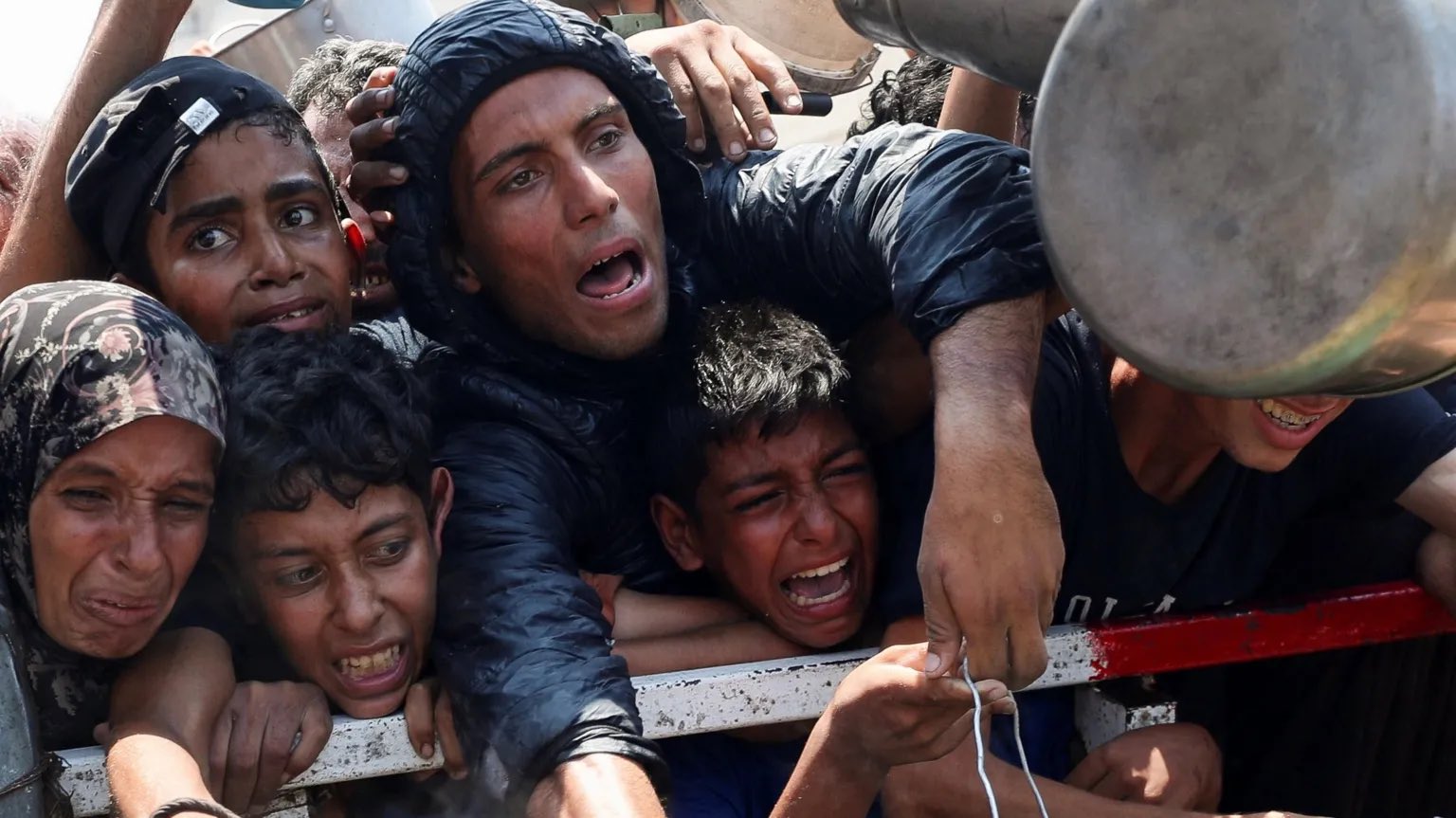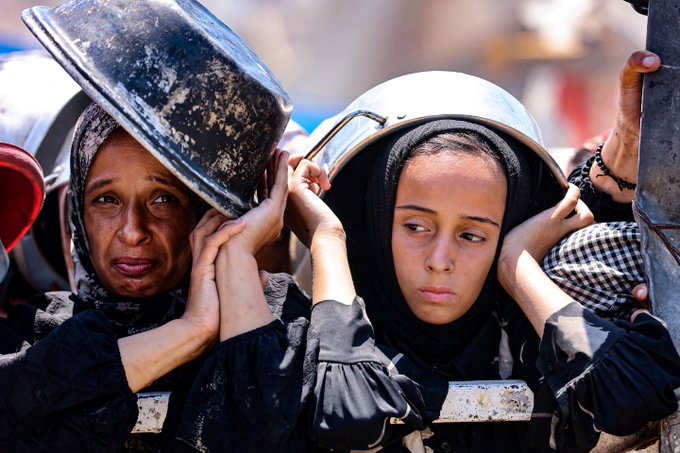As famine warnings reach their most severe level yet and harrowing reports of civilian suffering mount, Israel has announced the daily opening of humanitarian corridors into the Gaza Strip. The move comes after months of international pressure and condemnation fueled by the deteriorating conditions inside Gaza, where widespread hunger, especially among children, has entered crisis levels.
Background and Context
Since the outbreak of intensified hostilities between Israel and Hamas in late 2023, the civilian population of Gaza—over 2.2million people—has endured a blockade on essential supplies and relentless aerial bombardment. Aid agencies, including the United Nations, have repeatedly sounded the alarm: the population is at imminent risk of famine, and entire families are surviving on scant rations or, worryingly, nothing at all on some days.
Amid mounting evidence of malnutrition, the World Health Organization (WHO) reported that at least 63 deaths related to malnutrition occurred in Gaza in July alone, while the total number of starvation-associated fatalities since the conflict began is over 130. Alarming statistics reveal that one in five children in Gaza City is acutely malnourished, and the situation is worsening daily. According to UNICEF, more than 70,000 children now require urgent treatment for severe malnutrition. Mothers, already malnourished, struggle to care for their children as access to food and medical care remains critically limited.

The Announcement: Details of the Humanitarian Corridors
Faced with growing calls from Western allies and international organizations, Israel’s military announced over the weekend that it would implement daily “tactical pauses” in its military operations to facilitate the delivery of humanitarian aid. Effective from Sunday, military activity is being suspended from 10a.m. to 8p.m. in three key areas: Al Mawasi, Deir al-Balah, and Gaza City—regions housing some of the highest concentrations of displaced and at-risk populations.
These corridors, coordinated with the United Nations and leading humanitarian agencies, are designed to allow food, medicine, and other vital supplies into Gaza. According to statements from the Israeli Defense Forces (IDF), selected routes have been designated as “secure” for aid convoys, and distribution is to be managed by the UN and partner organizations. The move also includes a continuation of airdropped aid, with recent efforts by Jordan and the United Arab Emirates delivering tons of flour, sugar, and other staples.
Aid on the Ground: Still Not Enough
Despite the new measures, both the UN and major international NGOs have been unequivocal that the aid released so far does not meet even minimal requirements. The World Food Programme has warned that delivering aid remains perilous, and that convoys and airdrops are far from sufficient to address the acute shortages facing hundreds of thousands. The Gaza media office has estimated that at least 600 relief trucks are needed daily to avoid widespread catastrophe, a figure drastically higher than the roughly 100–120 trucks currently entering the enclave.
Aid officials have documented continued difficulties: some supplies have been delayed or prevented from reaching those most in need, and there have been reported injuries when airdropped aid landed in crowded displacement camps. The UN Relief and Works Agency (UNRWA) has confirmed that famine is “beginning to unfold,” with minimal, sporadic aid unable to stem the tide of hunger and malnutrition in the population.
Ongoing Violence and Civilian Casualties
Tragically, the humanitarian initiative has not ended the violence. In the same period as the new pause was announced, at least 25 civilians were reported killed by ongoing Israeli strikes and gunfire, according to hospital sources. Despite designating certain areas as “safe zones,” airstrikes have continued in and around these corridors, further complicating aid access and relief efforts.
Health care infrastructure is also near collapse, with only a fraction of Gaza’s hospitals partially functional and almost all dangerously under-supplied. Casualty figures continue to mount; in just one night, hospitals reported dozens killed, including children, as strikes hit populated neighborhoods and, in some cases, hospitals themselves.
International Response and Prospects
International reaction has been mixed. While governments and NGOs have welcomed any expansion of aid access, they have also called for more robust measures—including an end to hostilities and a full lifting of restrictions on humanitarian relief. Germany, France, and the UK have urged Israel to “immediately lift barriers on the flow of aid” and fulfill its obligations under international law.
Israel maintains that there is “no starvation policy” in Gaza, placing responsibility on UN agencies and alleging, without concrete evidence, that Hamas diverts humanitarian goods for its own uses. The reality on the ground, however, points to an ever-deepening disaster for civilians caught in the conflict.
Conclusion
The opening of humanitarian corridors in Gaza is a belated but necessary step in the face of an escalating famine disaster. However, as aid organizations and UN officials have stated, these measures alone, without a comprehensive ceasefire and unimpeded access to Gaza, are unlikely to prevent further mass hunger and civilian deaths. The international community’s demand is clear: urgent, unfettered aid and a genuine commitment to civilian protection are desperately needed in Gaza—before the silent unfolding of famine becomes a permanent scar.

